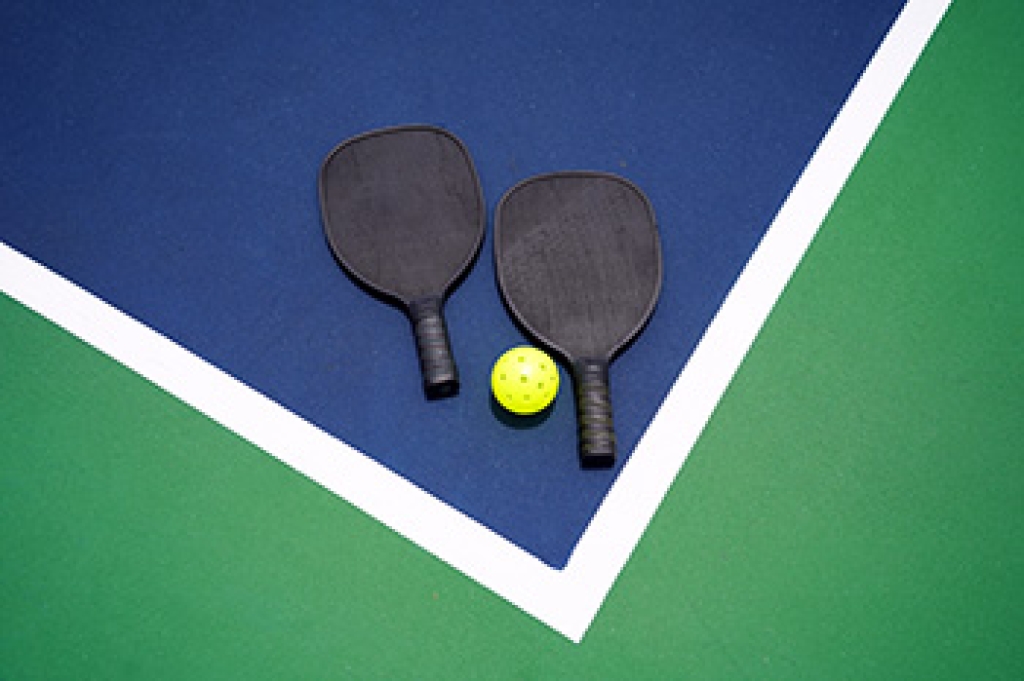
Pickleball’s dynamic nature makes it a popular choice for aging athletes, but it also increases the risk of lower extremity injuries. These injuries are predominantly musculature, affecting tendons, ligaments, and muscles due to the rapid, repetitive movements involved in gameplay. Sports-specific factors like improper equipment, uneven court surfaces, or poor technique contribute significantly to injury risks. Wearing pickleball-specific shoes designed for lateral support and shock absorption can reduce strain on the ankles and knees. Playing on well-maintained courts minimizes trip hazards, while mastering proper techniques, such as turning instead of backpedaling, can prevent unnecessary stress on joints and muscles. Warm-ups and regular strength training further protect aging bodies, improving flexibility and resilience. If you have sustained an injury from playing pickleball that persists or limits your mobility, it is suggested that you contact a podiatrist for prompt care so you can stay active while minimizing risks.
Proper foot care is something many older adults forget to consider. If you have any concerns about your feet and ankles, contact Alice Kim, DPM from 101 Foot and Ankle. Our doctor can provide the care you need to keep you pain-free and on your feet.
The Elderly and Their Feet
As we age we start to notice many changes in our body, but the elder population may not notice them right away. Medical conditions may prevent the elderly to take notice of their foot health right away. Poor vision is a lead contributor to not taking action for the elderly.
Common Conditions
- Neuropathy – can reduce feeling in the feet and can hide many life-threatening medical conditions.
- Reduced flexibility – prevents the ability of proper toenail trimming, and foot cleaning. If left untreated, it may lead to further medical issues.
- Foot sores – amongst the older population can be serious before they are discovered. Some of the problematic conditions they may face are:
- Gouging toenails affecting nearby toe
- Shoes that don’t fit properly
- Pressure sores
- Loss of circulation in legs & feet
- Edema & swelling of feet and ankles
Susceptible Infections
Diabetes and poor circulation can cause general loss of sensitivity over the years, turning a simple cut into a serious issue.
If you have any questions, please feel free to contact our office located in Camarillo, CA . We offer the newest diagnostic and treatment technologies for all your foot care needs.




